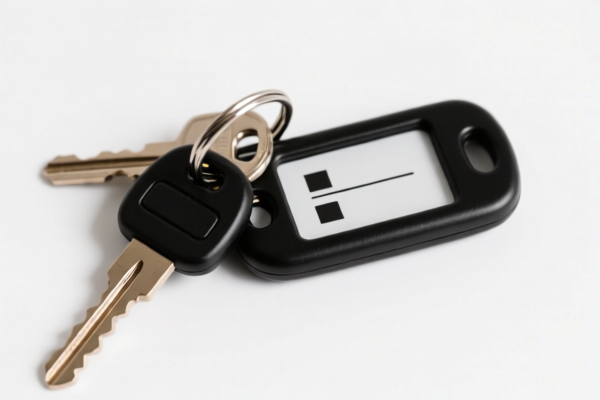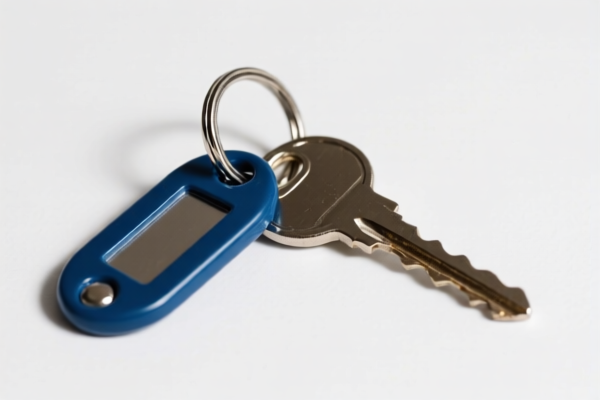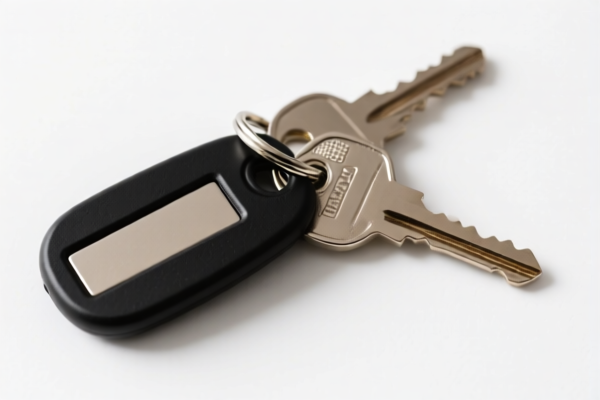| HS Code | Official Doc | Tariff Rate | Origin | Destination | Effective Date |
|---|---|---|---|---|---|
| 8301600000 | Doc | 40.3% | CN | US | 2025-05-12 |
| 8301700000 | Doc | 42.0% | CN | US | 2025-05-12 |
| 8306100000 | Doc | 35.8% | CN | US | 2025-05-12 |
| 8306290000 | Doc | 30.0% | CN | US | 2025-05-12 |
| 7326903500 | Doc | 87.8% | CN | US | 2025-05-12 |
| 7326908688 | Doc | 82.9% | CN | US | 2025-05-12 |
| 7323999080 | Doc | 83.4% | CN | US | 2025-05-12 |
| 7323997000 | Doc | 60.3% | CN | US | 2025-05-12 |
| 8304000000 | Doc | 33.9% | CN | US | 2025-05-12 |
| 7419801500 | Doc | 58.0% | CN | US | 2025-05-12 |
| 7419805050 | Doc | 55.0% | CN | US | 2025-05-12 |
| 7418100002 | Doc | 40.5% | CN | US | 2025-05-12 |
| 7418100025 | Doc | 40.5% | CN | US | 2025-05-12 |
| 4205000500 | Doc | 57.9% | CN | US | 2025-05-12 |
| 4205008000 | Doc | 55.0% | CN | US | 2025-05-12 |
| 4201006000 | Doc | 57.8% | CN | US | 2025-05-12 |




Key Holder
A key holder is a device or accessory used to securely store and manage keys. It serves to prevent loss, damage, and disorganization of keys, and often provides convenient access.
Material
Key holders are manufactured from a wide variety of materials, influencing their durability, aesthetic, and price point. Common materials include:
- Metal: Stainless steel, brass, aluminum, and iron are frequently used for robust key holders. These offer high durability and resistance to wear and tear.
- Plastic: Acrylic, polycarbonate, and other plastics provide a lightweight and cost-effective option.
- Leather: Leather key holders offer a classic and stylish appearance, often featuring a softer texture.
- Wood: Wood key holders present a natural aesthetic, often handcrafted and offering unique grain patterns.
- Fabric: Nylon, canvas, and other fabrics are used in keychains and key fobs, often combined with metal hardware.
Purpose
The primary purpose of a key holder is to:
- Organization: Keep keys together in one place, preventing them from being misplaced.
- Security: Protect keys from loss or theft.
- Convenience: Provide easy access to keys when needed.
- Aesthetics: Offer a stylish accessory that complements personal style.
Function
Key holders function through various mechanisms:
- Keychains: A loop or ring to attach keys, often with a clasp or split ring for easy key addition and removal.
- Key Rings: Simple metal rings used to group keys together.
- Key Fobs: Small, decorative attachments that often include a keychain and can be customized with logos or designs.
- Wall-Mounted Holders: Devices attached to walls to store keys, often with hooks or slots.
- Key Cabinets: Secure cabinets with numbered hooks or slots for organized key storage, often used in professional settings.
- Smart Key Holders: Incorporate Bluetooth tracking technology to locate lost keys via smartphone apps.
Usage Scenarios
Key holders are used in a wide range of scenarios:
- Personal Use: Everyday carry for house keys, car keys, office keys, etc.
- Residential: Wall-mounted holders near entryways for convenient access and organization.
- Commercial: Key cabinets in offices, hotels, and property management companies for secure key storage and access control.
- Automotive: Key fobs and keychains for car keys.
- Industrial: Heavy-duty key holders for managing keys in workshops and factories.
Common Types
- Standard Keychain: A simple metal ring with a clasp.
- Carabiner Keychain: A metal loop with a spring-loaded gate, useful for attaching keys to belts or bags.
- Split Ring Keychain: A metal ring with a split opening for easy key addition and removal.
- Leather Keychain: A stylish keychain made from leather, often with a metal ring.
- Wall-Mounted Key Rack: A device attached to a wall with hooks for hanging keys.
- Key Cabinet: A secure cabinet with numbered hooks or slots for organized key storage.
- Smart Key Finder: A key holder with Bluetooth tracking capabilities.
- Wristlet Keychain: A keychain with a loop for wearing on the wrist.
- Retractable Keychain: A keychain with a retractable cord for convenient access.
Based on the material, use, function, and application scenarios, a key holder generally refers to a small container or device used to store and manage keys, often carried on the person or kept in a handbag.
Here are the relevant HS codes found within the provided reference material:
- 8301600000: This HS code covers padlocks and locks (key, combination or electrically operated), of base metal; clasps and frames with clasps, incorporating locks, of base metal; keys and parts of any of the foregoing articles, of base metal; Parts. This could apply if the key holder incorporates a locking mechanism. The base tax rate is 2.8%, with an additional surcharge of 7.5%, increasing to 30.0% after April 2, 2025, resulting in a total tax rate of 40.3%.
- 8301700000: This HS code specifically covers keys presented separately. If the key holder is being declared as just the keys themselves, this code applies. The base tax rate is 4.5%, with an additional surcharge of 7.5%, increasing to 30.0% after April 2, 2025, resulting in a total tax rate of 42.0%.
- 7326903500: This HS code covers other articles of iron or steel: Other: Other: Containers of a kind normally carried on the person, in the pocket or in the handbag. If the key holder is made of iron or steel and designed to be carried on the person, this code is applicable. The base tax rate is 7.8%, with an additional surcharge of 25.0%, increasing to 30.0% after April 2, 2025, resulting in a total tax rate of 87.8%.
- 7419801500: This HS code covers other articles of copper: Other: Containers of a kind normally carried on the person, in the pocket or in the handbag. If the key holder is made of copper and designed to be carried on the person, this code is applicable. The base tax rate is 3.0%, with an additional surcharge of 25.0%, increasing to 30.0% after April 2, 2025, resulting in a total tax rate of 58.0%.
Regarding HS code 7326903500 and 7419801500, please note that the material (iron or steel, or copper) will determine the correct HS code.
Customer Reviews
No reviews yet.